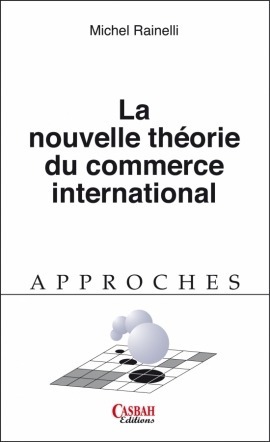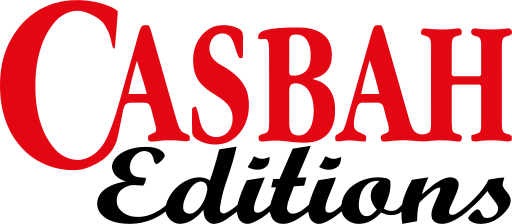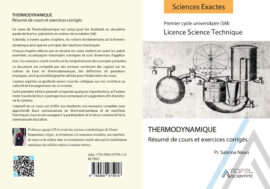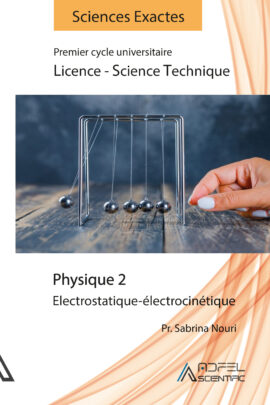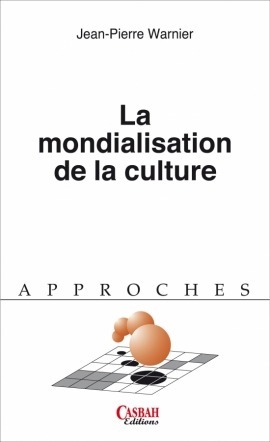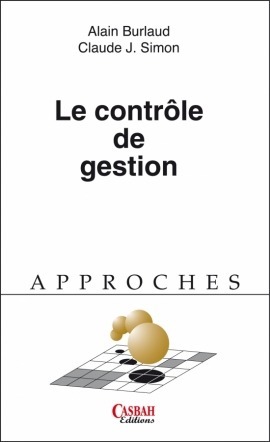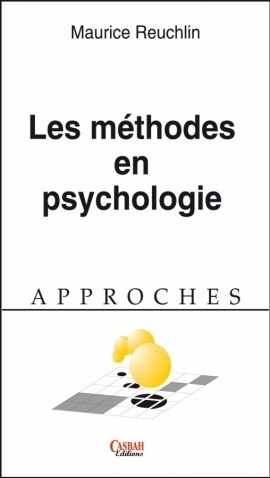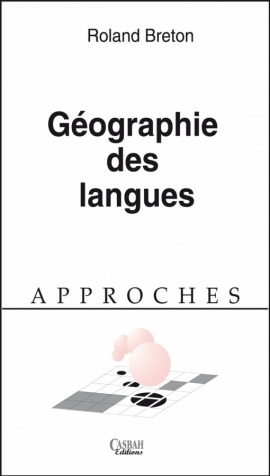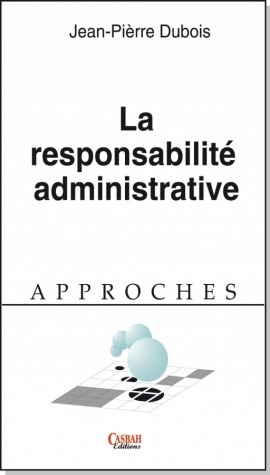La nouvelle théorie du commerce international – Michel Rainelli
200,00 د.ج
Comment expliquer les échanges commerciaux entre les pays les plus développés ? Le libre-échange est-il la meilleure stratégie pour les nations ? Peut-on intégrer les firmes multinationales dans la théorie du commerce international ?
Cet ouvrage analyse les principales propositions de cette nouvelle théorie dont Paul Krugman est le promoteur le plus en vue. Il procède à un bilan rigoureux et accessible de ses apports, tant d’un point de vue théorique que sous l’angle de son adéquation aux faits économiques. D’une façon vivante et pédagogique, l’auteur éclaire ainsi des débats dont les enjeux concrets sont considérables à une époque où la mondialisation de l’économie semble irrésistible.
Comment expliquer les échanges commerciaux entre les pays les plus développés ? Le libre-échange est-il la meilleure stratégie pour les nations ? Peut-on intégrer les firmes multinationales dans la théorie du commerce international ?
Cet ouvrage analyse les principales propositions de cette nouvelle théorie dont Paul Krugman est le promoteur le plus en vue. Il procède à un bilan rigoureux et accessible de ses apports, tant d’un point de vue théorique que sous l’angle de son adéquation aux faits économiques. D’une façon vivante et pédagogique, l’auteur éclaire ainsi des débats dont les enjeux concrets sont considérables à une époque où la mondialisation de l’économie semble irrésistible.
| Editeur |
|---|
Produits similaires
Mener Une Recherche En Sciences Humaines Et Sociales Et En Linguistique : avec exercices et applications – Pr. HEDID SOUHEILA
Ce document traite de la méthodologie de recherche en suivant une démarche pédagogique à deux volets : cours théoriques et exercices d'application.
Les contenus théoriques portent sur la méthodologie que les étudiants doivent assimiler pour la mettre en application dans leurs futurs travaux de recherche.
Les exercices d'application viennent renforcer la première partie. Ils portent sur des éléments déjà évoqués, mais ils visent à mettre l'étudiant dans une situation de réflexion face à des corpus hétérogènes et des problématiques chaque fois différentes.
La conception de ce travail répond à des besoins pédagogiques et didactiques. Il débute par des contenus conceptuels et théoriques, où il présente les balises de la méthodologie et où il expose les différents outils d'investigation susceptibles d'être utilisés dans le contexte algérien.
La seconde partie est consacrée entièrement aux exercices et aux applications. L'objectif est de transposer les données théoriques dans des situations expérimentales.
Thermodynamique – Résumé de cours et exercices corrigés – Pr. NOURI SABRINA
Ce cours de Thermodynamique est conçu pour les étudiants en deuxième année de licence, spécialisés en science de la matière (SM).
Il aborde, à travers quatre chapitres, les notions fondamentales de la thermodynamique ainsi que les principes des machines thermiques.
Chaque chapitre débute par un résumé du cours mettant en avant les points essentiels, accompagné d'exemples classiques et suivi d'exercices d'applica-tion. Ces exercices visent à renforcer la compréhension des concepts présentés.
Le document est complété par des annexes contenant des rappels sur les notions de base en thermodynamique, des définitions de grandeurs physiques, ainsi que la bibliographie utilisée pour l'élaboration du cours.
L'auteur exprime sa gratitude envers tous les collègues qui ont contribué au collectif de l'enseignement de ce module.
Cette première édition pourrait comporter quelques imperfections, et l'auteur invite tous les lecteurs à partager leurs remarques et suggestions afin d'améliorer le contenu.
L'objectif de ce cours est d'offrir aux étudiants une ressource complète pour approfondir leurs connaissances en thermodynamique et en machines thermiques, tout en encourageant la participation et le retour constructif de la communauté éducative.
Physique 2 – ELECTROSTATIQUE-ELECTROCINETIQUE – Pr. NOURI SABRINA
Ce cours du module d'électrostatique et d'électrocinétique est conçu pour les étudiants en première année de licence scientifique, spécialisés en Mathématiques et Informa-tique, ainsi qu'en Science Technique.
Il aborde de manière approfondie, à travers cinq chapitres, les concepts liés à l'électrostatique et à l'électrocinétique enseignés au cours des premières années de licence.
Chaque chapitre débute par des rappels mettant en avant les points fondamentaux du cours, illustrés par des exemples classiques et accompagnés d'exercices d'application.
Certains de ces exercices sont extraits des sujets de contrôle continu du cours, offrant ainsi une opportunité aux étudiants de se familiariser avec le format d'évaluation.
Ensuite, des sujets d'examen sont présentés, accompagnés de solutions détaillées pour faciliter la compréhension.
Pour compléter ce document, des annexes sont fournies, comprenant des rappels mathématiques, des définitions de grandeurs physiques, ainsi que la bibliographie utilisée pour l'élaboration du cours.
L'objectif de ce document est d'offrir aux étudiants une ressource complète et structurée pour approfondir leur compréhension des concepts d'électrostatique et d'électrocinétique, tout en les préparant efficacement aux évaluations continues et aux examens finaux.
